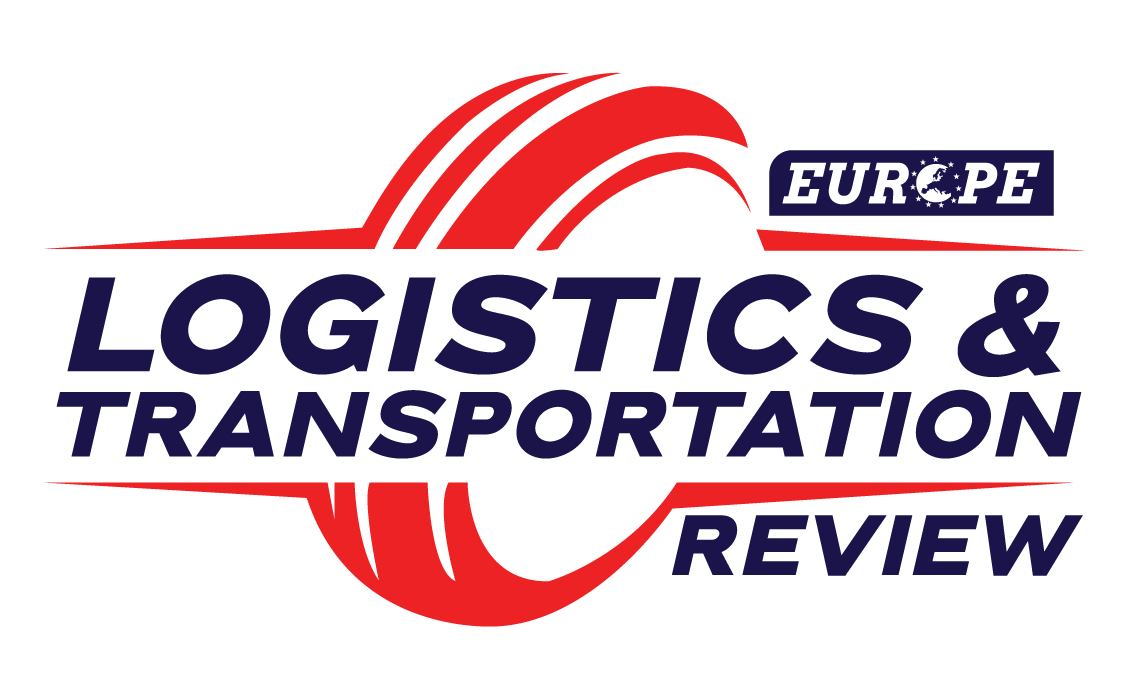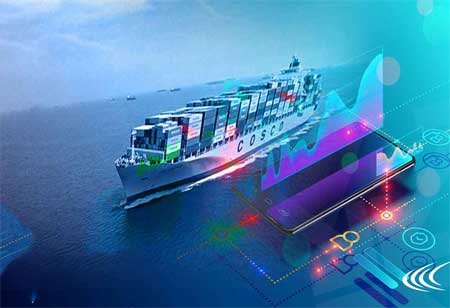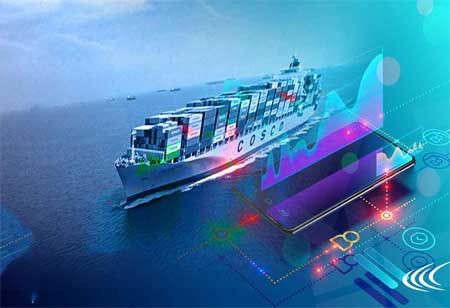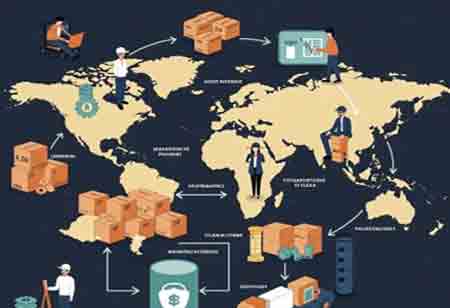THANK YOU FOR SUBSCRIBING
THANK YOU FOR SUBSCRIBING
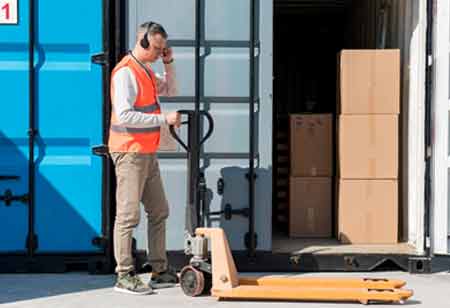
By
Logistics Transportation Review | Friday, September 12, 2025
Stay ahead of the industry with exclusive feature stories on the top companies, expert insights and the latest news delivered straight to your inbox. Subscribe today.
Container drayage services are a vital component of Canada's transportation and logistics ecosystem, ensuring the smooth transport of goods from ports to inland destinations. As global trade expands and supply chains become increasingly complex, the importance of efficient drayage operations has grown exponentially. The evolving nature of the industry reflects broader shifts in technology, sustainability, and market demands, offering both challenges and opportunities for stakeholders. Comprehending these dynamics is vital to grasping the direction in which the drayage sector is headed, particularly regarding innovation, efficiency, and environmental impact.
Trends Shaping the Container Drayage Market
The container drayage industry in Canada has experienced significant growth, influenced by several macroeconomic trends, including the development of global trade and the increasing demand for more efficient supply chain management. One notable trend is the shift toward technological advancements in fleet management. Adopting real-time tracking systems, GPS technology, and automation tools has dramatically enhanced operational efficiencies. These technologies enable operators to optimize routes, reduce fuel consumption, and improve the predictability of delivery schedules, benefiting both customers and service providers.
Sustainability has become a focal point within the container drayage sector. As environmental concerns grow, there has been a push toward more eco-friendly transportation methods, including the adoption of electric trucks and low-emission vehicles. The increasing stress on companies to decrease their carbon footprint aligns with governmental regulations to reduce environmental impacts, spurring innovation in cleaner transportation alternatives.
The rise in e-commerce and the demand for quicker delivery times have also influenced the drayage services market. To fulfill quick and dependable shipping needs, drayage providers invest in faster, more agile transportation solutions. This includes improving intermodal connectivity and optimizing the flow of goods through various hubs, enabling more timely deliveries across Canada’s vast network of transportation corridors.
Obstacles in Container Drayage and Their Effective Solutions
While the container drayage sector continues to evolve, several challenges impact the efficiency and cost-effectiveness of services. One prominent challenge is congestion at major ports and transport hubs. Increased volume of goods, combined with infrastructure limitations, has led to delays and inefficiencies in container pickup and delivery. This congestion not only extends transit times but also increases operational costs.
Many stakeholders are looking towards advanced planning systems and improved coordination among transport agencies. By leveraging predictive analytics and real-time data sharing, drayage companies can better anticipate bottlenecks and adjust operations accordingly. In some regions, constructing new facilities or expanding existing infrastructure is also helping to alleviate pressure at key transit points. Improving intermodal linkages between rail and road transport helps streamline the flow of goods and ease congestion.
Another challenge faced by container drayage providers is the fluctuation in fuel prices. Given that fuel is one of the most significant operational costs in transportation, volatility in fuel prices can directly impact the profitability and pricing structures of drayage services. To mitigate the effects of these price swings, companies are turning to fuel-efficient vehicles and investigating substitute energy sources, including natural gas and electricity, for their fleets. The transition to electric trucks, in particular, promises long-term cost savings while contributing to sustainability goals.
The shortage of skilled labor has been a persistent issue within the drayage industry. The increasing need for services and the aging workforce have created a gap in available drivers and technicians capable of handling modern, technologically advanced equipment. To combat this, companies are funding training programs, incentives to attract new talent and automated solutions that can help decrease the dependence on human labor for routine tasks. Industry-wide initiatives to promote career growth and development in the transportation sector are expected to help address labor shortages in the long term.
Innovations in Container Drayage
The container drayage sector in Canada is also witnessing numerous opportunities that can benefit various stakeholders within the supply chain. One such opportunity lies in the integration of digital platforms and data analytics. These technologies enable improved communication between stakeholders, such as carriers, freight forwarders, and customs brokers, resulting in streamlined operations. The use of big data helps predict demand, identify the most efficient routes, and optimize container utilization, all of which lead to cost savings and enhanced service delivery.
Advancements in fleet management systems allow drayage companies to increase operational efficiency and customer satisfaction. By utilizing sophisticated software platforms, companies can optimize their fleet scheduling, monitor vehicle performance, and track the real-time location of containers. These solutions help reduce transit times, enhance fleet utilization, and improve the accuracy of delivery schedules, all of which improve service reliability.
Sustainability presents another growth opportunity for the drayage sector. As consumers and businesses place greater importance on environmental responsibility, there is an increasing need for green logistics solutions. The advancement of electric and hybrid vehicles in drayage fleets can significantly reduce greenhouse gas emissions and contribute to Canada’s broader environmental goals. This shift aligns with global sustainability trends and allows companies to position themselves as leaders in the growing green transportation market.
The increasing focus on port automation and digitized logistics systems offers significant advantages. Automated gate systems, robotic cranes, and AI-powered cargo handling can help improve the speed and efficiency of container movement at ports and intermodal facilities. This streamlining of operations reduces wait times and enhances productivity, benefiting all parties in the supply chain.
I agree We use cookies on this website to enhance your user experience. By clicking any link on this page you are giving your consent for us to set cookies. More info
